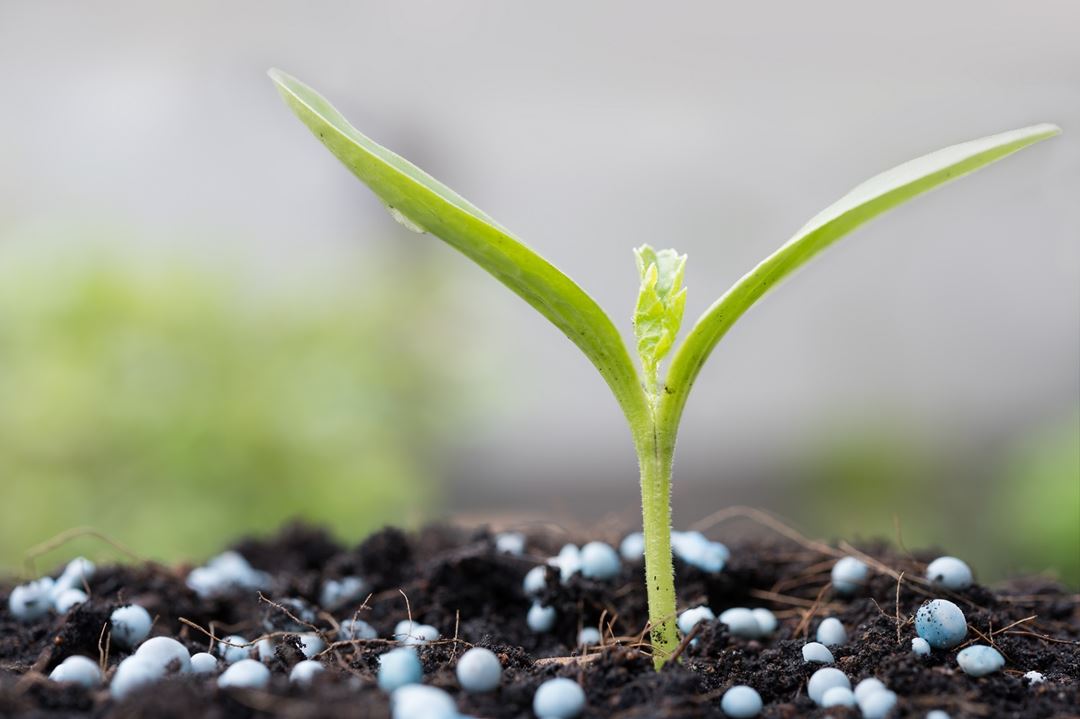Today, ammonia is among the ten most important chemicals produced in the world in terms of volume. The substance is primarily used to make fertilisers for modern agriculture.
Every year, about 235 million tonnes of ammonia are produced globally, primarily via the industrial Haber-Bosch process, where nitrogen reacts with hydrogen under high temperature and pressure. The production costs 1.4 per cent of the world's entire energy consumption and it emits approx. 450 million tonnes of carbon dioxide a year – about 1 per cent of all anthropogenic carbon emissions and more than any other industrial chemical production.
A new EU funded project aims to develop a technology that will produce liquid ammonia more environmentally friendly with use of sustainable energy.
– With the project we hope to make a big difference by bringing climate-neutral, green ammonia into play via decentralised local production at a lower price than Haber-Bosch. If we succeed, we’ll disrupt the way in which ammonia is produced today, says Emil Drazevic, head of the Power to Chemicals research group at Aarhus University.
The technology has potential to change the global market situation for ammonia for several industrial sectors, including power generation, food, pharmaceutical industry, shipping and fertiliser production. In this way farmers will be able to produce their own ammonia for fertiliser or e-fuels for emissions-free tractors.
– Our calculations show that the technology outperforms Haber-Bosch in production scales of up to 1,000 kg per hour, says Emil Drazevic.
SINTEF will develop membranes for efficient ammonia production
A hybrid reactor will be developed that will produce liquid anhydrous ammonia from hydrogen and nitrogen gas at low temperatures and pressures. The liquid ammonia can then be stored, transported, and used in various applications, such as in fertilizer production or as a zero-emission fuel in high temperature fuel cells.
As one of three research institutions in the project, SINTEF contributes with its expertise in membranes and electrochemical energy systems. SINTEF will be responsible for the design of hydrocarbon-based (HC) membranes tailored specifically for the project's hybrid reactor.
– Membranes are for example used in water treatment, to chemical product separation, to batteries, and fuel cells. The main role of the membrane in the hybrid reactor is to enable efficient synthesis and separation of liquid ammonia, explains Patrick Fortin, research scientist at SINTEF.
SINTEF will carry out simulation studies to investigate the transport properties of the membrane under different environments. The results from the simulations will be used as recommendations to tune the chemical composition of the membrane, resulting in membranes optimized specifically for the projects highly efficient ammonia production process.
From centralized to decentralized energy production
Green ammonia has also a future for energy storage and carbon reduction in many other industries.
– The green transition is well underway with 19 per cent of EU’s primary energy coming from renewables. Often forgotten in this equation, is the change from a highly centralized energy production scheme to a decentralized one, a change that also needs to take place for large downstream energy consumers i.e., the fabrication of ammonia, says Nicolai Fossar Fabritius, Senior Partner & Founder at the Greenlandic wind power company Anori A/S.
– The project displays a novel idea enabling a fully decentralized value chain, from renewable power generation to green ammonia, he adds.


